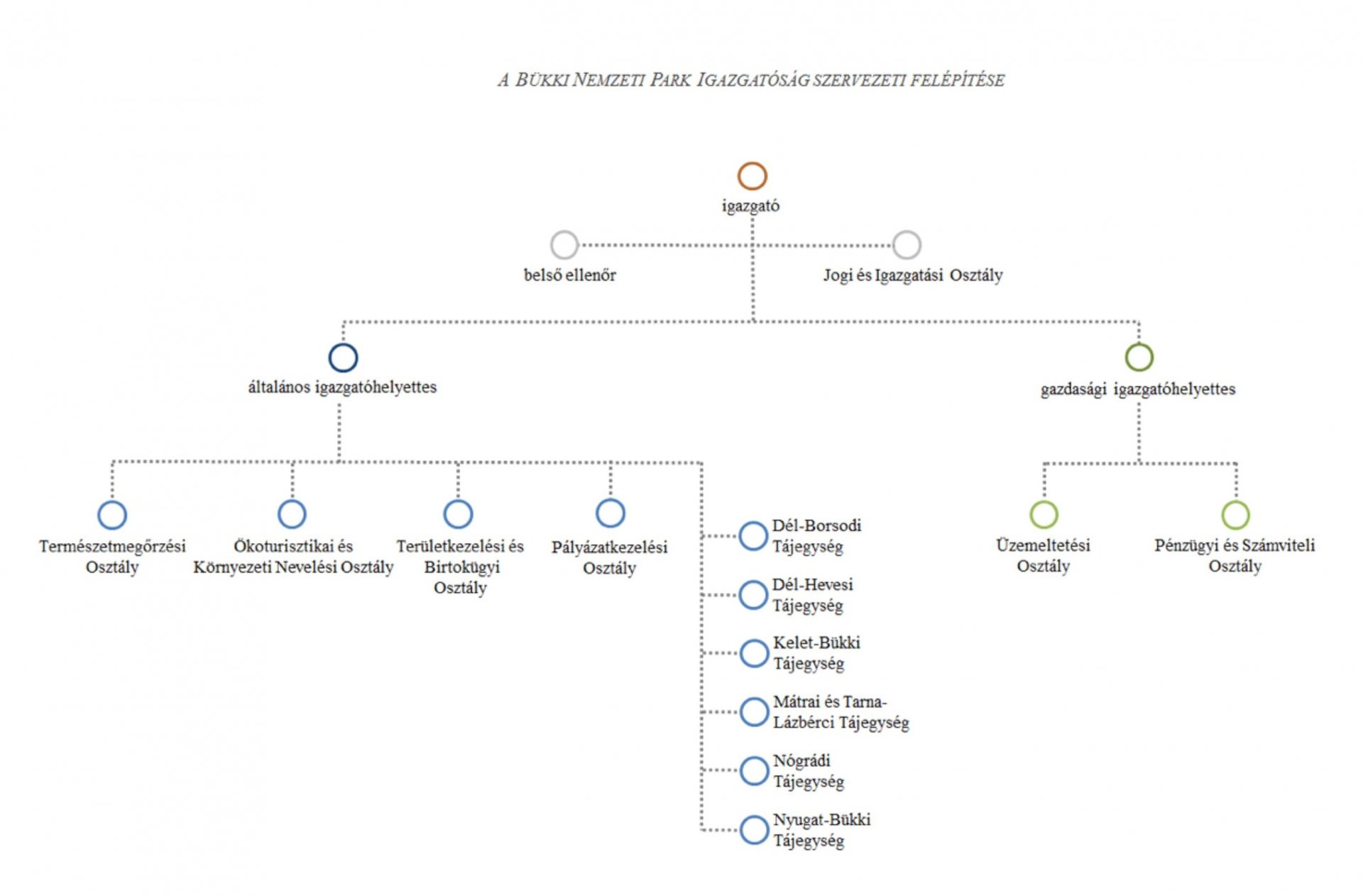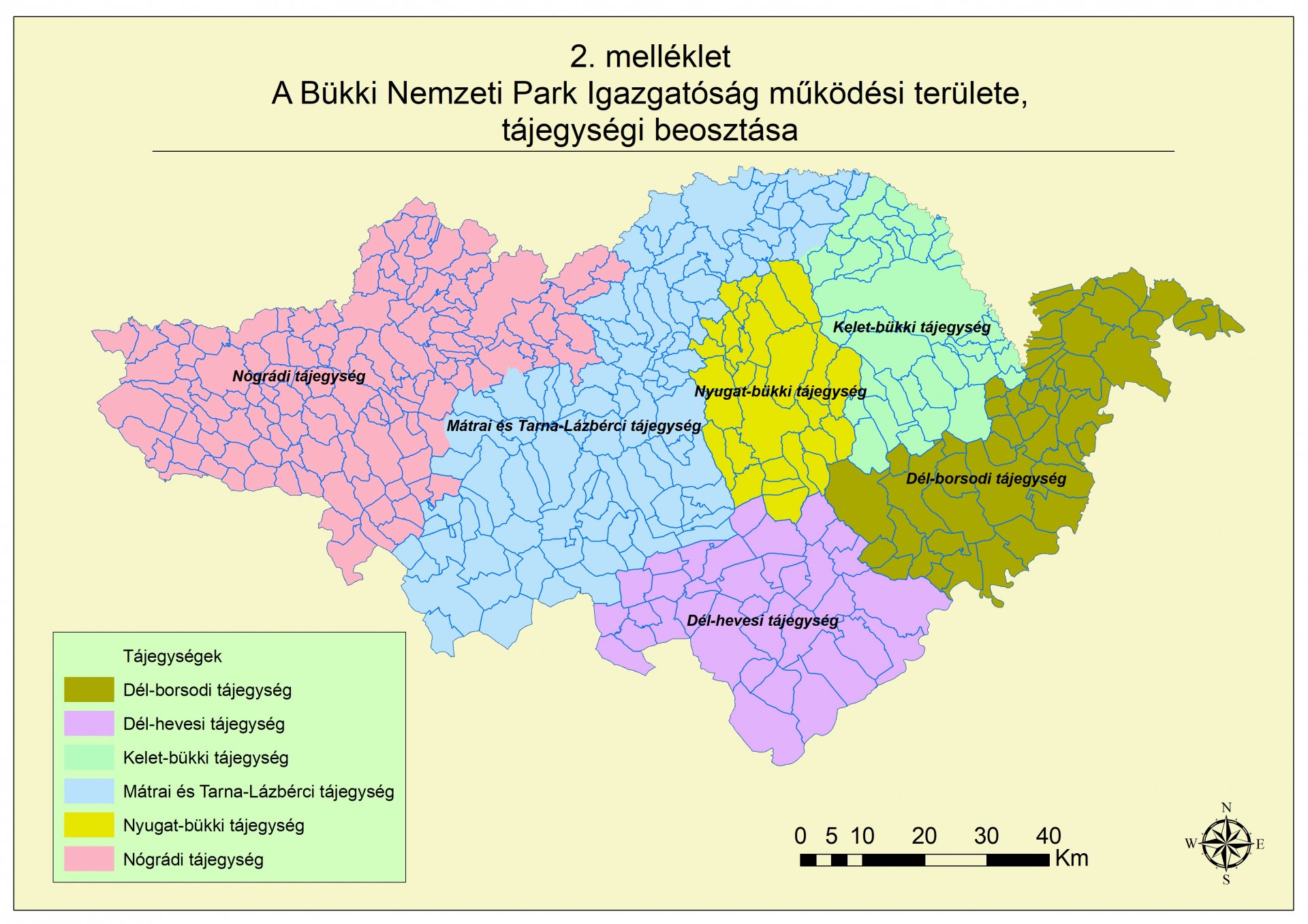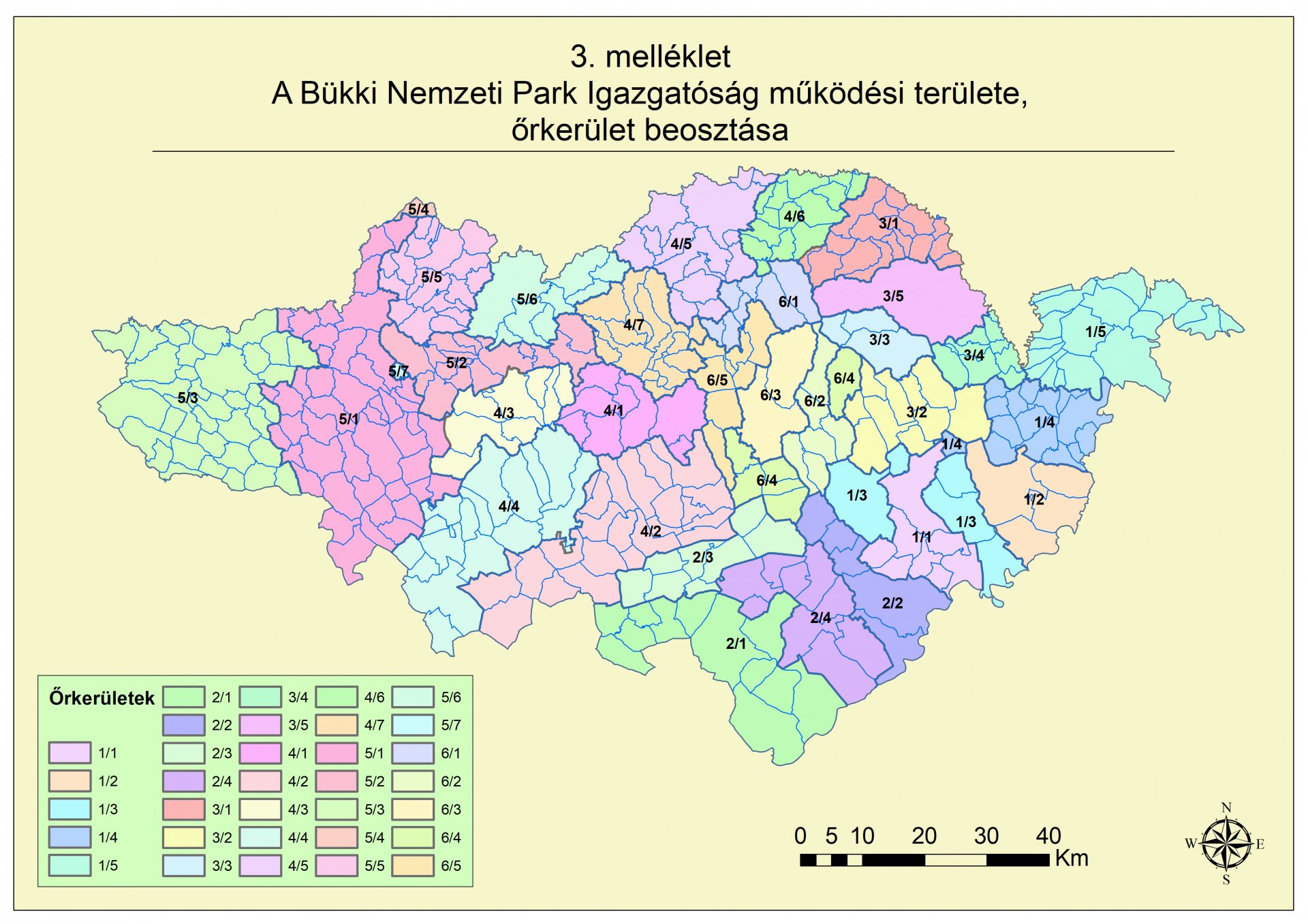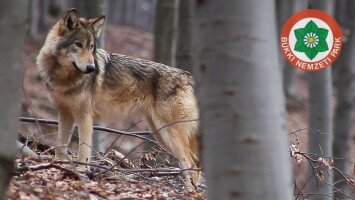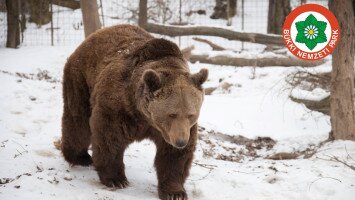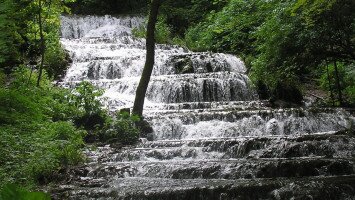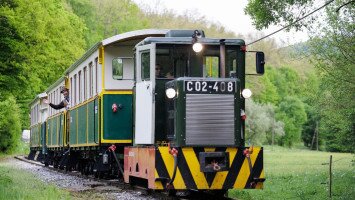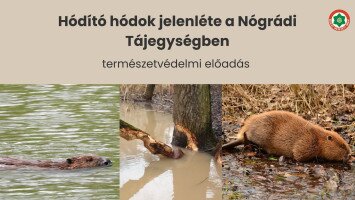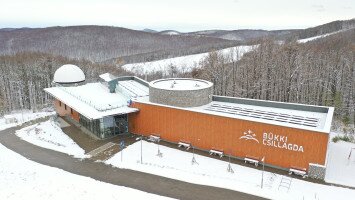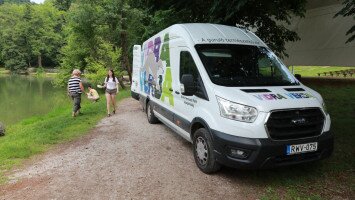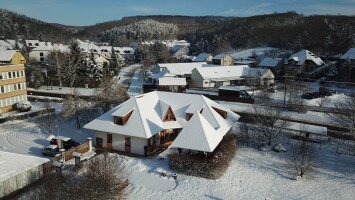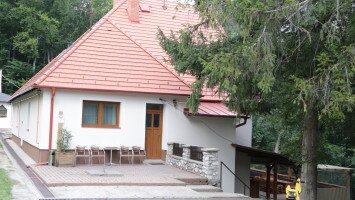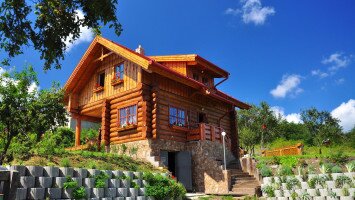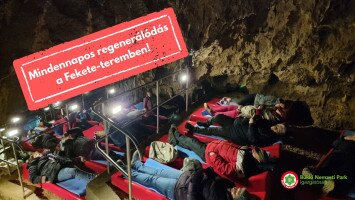
Szervezeti felépítés
A Bükki Nemzeti Park Igazgatóság az ország legváltozatosabb természeti adottságú észak- magyarországi területén látja el a természetvédelem sokoldalú feladatait.
Az Igazgatóság működési területén az Alföld erdős-sztyepp növényzetét, a Tisza-menti árterek ligeterdőit, vizesélőhelyeit, a dombvidékek hagyományos tájhasználatokkal formált mozaikjait és a középhegységek változatos erdőtársulásait, hegyi rétjeit, sziklagyepeit egyaránt megtaláljuk.
A Bükki Nemzeti Park Igazgatóság 892 564 hektáros működési területén (Nógrád, Heves, illetve Borsod-Abaúj-Zemplén megyékben) egy nemzeti park, 9 tájvédelmi körzet, valamint 14 természetvédelmi terület található.
A Bükki Nemzeti Park Igazgatóság alapfeladatai
Az Igazgatóság működési területén ellátja a veszélyeztetett állat- és növényfajok védelmével, az élőhelyek fenntartásával és rehabilitációjával, a természetvédelmi kutatással kapcsolatos feladatokat, működteti a területi monitorozó és információs rendszert, szervezi és irányítja a régészeti örökség védelmében is közreműködő természetvédelmi őrszolgálatot, továbbá természetvédelmi bemutató, ismeretterjesztő, oktatási célú, valamint turisztikai létesítményeket tart fenn, a szemléletformálás jegyében pedig természetvédelmi, oktatási, nevelési és ismeretterjesztési tevékenységet végez.
Ellátja a vagyonkezelésében lévő természeti területekkel kapcsolatos vagyonkezelői feladatokat (állattenyésztés, extenzív növénytermesztés, természetvédelmi célú erdőkezelés és vadállomány- kezelés, ökoturisztikai feladatok), valamint a védett és fokozottan védett természeti értékek, védett természeti területek, a Natura 2000 területek, valamint a nemzetközi természetvédelmi egyezmény hatálya alá tartozó területek és értékek természetvédelmi kezelésével kapcsolatos feladatokat. Szakértőként közreműködik − a környezetvédelmi, természetvédelmi és vízügyi hatóságok, önkormányzatok megkeresése esetén − a természetvédelmi hatósági, szakhatósági, valamint a tájvédelmi szakhatósági eljárásokban és a településrendezési tervek véleményezésében..
Igazgatóságunk alapfeladatait tehát az alábbiakban foglalhatjuk röviden össze:
- Védett területek természetvédelmi kezelése, fenntartása, élőhely-fejlesztés, élőhely-rekonstrukció
- Fajmegőrzési programok
- Élettelen természeti értékek megőrzése, kultúrtörténeti és tájképi értékek megőrzése – tájvédelem, régészeti örökség védelme
- Természetvédelmi Őrszolgálat működtetése
- Természetvédelmi célú kutatás, monitorozás. Természetvédelmi adatbázisok fenntartása, adatszolgáltatás, szakvélemények adása hatóságok számára.
- Természetvédelmi tervezés - Területek védetté nyilvánítása, kezelési tervek, Natura 2000 fenntartási tervek elkészítése
- Természetismereti bemutatás, oktatási, nevelési, ismeretterjesztési tevékenység
- Ökoturisztikai szolgáltatások, programok, látogatóközpontok üzemeltetése
- Génmegőrzési tevékenység Védett őshonos haszonállatok és hagyományos gyümölcsfajták megőrzése
Minden, fent felsorolt területet érintő kiemelten fontos, nagy számban keletkező, jogszabályban is előírt feladatunk a hatóságok, önkormányzatok megkeresése esetén szakvélemények nyújtása, tervek – például településrendezési tervek, települési arculati kézikönyvek – véleményezése. Fejlesztéseinket – elemi költségvetésünkön túl – elsősorban pályázati forrásokból tudjuk megvalósítani.
1/2020. (I. 24.) AM utasítás: a nemzeti park igazgatóságok szervezeti és működési szabályzat kiadásáról.
Bükki Nemzeti Park Igazgatóság 1233/1/2020. (III.24) számú Igazgatói Utasítás az AM utasításban foglalt egységes SZMSZ Igazgatóságra vonatkozó sajátosságaival történő kiegészítésére
